Three-dimensional Scanning In Rhinoplasty And Individual Patient Experience
Artigo de Pesquisa
Introduction: Three-dimensional facial scanning has been the object of study for decades and increasingly being used in rhinoplasty, and has recently been applied to surgical simulation. The patient’s perspective in this context should be explored, so that surgeons can individualize their approach. Objectives: Acess the patient’s perspective on three-dimensional scanning in rhinoplasty and their experience during the evaluation and simulation processes in preoperative consultation. Material and methods: Longitudinal, prospective and qualitative study, with the application of a...
Authors: Letícia Akazaki Oyama, Gabriel Zorron Cavalcanti,
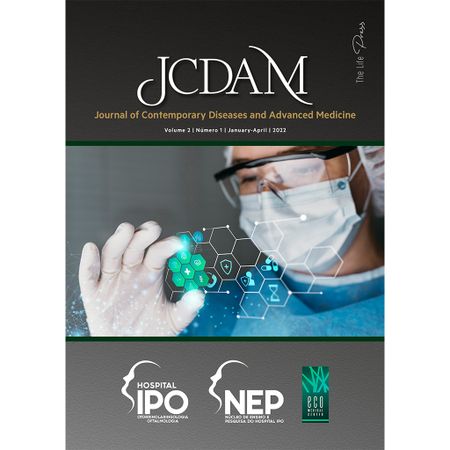
Introduction: Social networks are an integral part of contemporary society, influencing the way interpersonal relationships and the doctor-patient relationship occur, showing a possible influence of these means on decision-making for surgical procedures. Objectives: To identify the influence of social networks and other factors such as self-perception and functional changes, in the intention to undergo facial surgeries. Material and methods: Prospective study carried out from July to...
Read More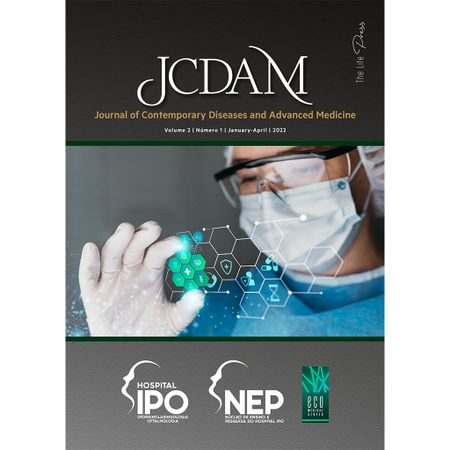
Introduction: Rhinoplasty is one of the most performed surgeries all over the world and advances in surgical techniques have been happening progressively, although postoperative skin and soft tissue complications, such as edema and ecchymosis, can induce anxiety for patients. Piezo, an instrument that uses ultrasonic vibrations, can provide greater precision and less damage to adjacent soft tissues, causing less surgical trauma and better behavior of soft and hard tissues during healing....
Read More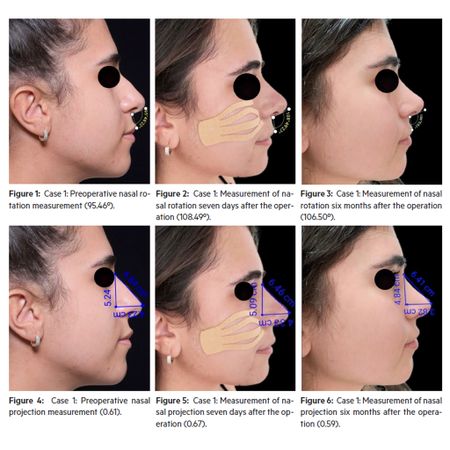
Introduction: Postoperative scarring can later modify the structure of the nose and there are few articles found in the literature that demonstrate anthropometric measurements in the evolution of the postoperative period of rhinoseptoplasty. Objective: To identify variations in projection and rotation results of the nasal tip after primary rhinoseptoplasty with the course of healing. Materials and methods: A literature review on projection and rotation of the nasal tip in primary...
Read More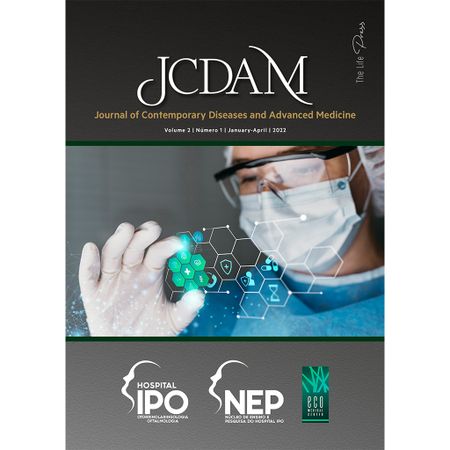
Introduction: Allergic rhinitis is an immune-mediated reaction, the diagnosis of which can be complemented with the immediate hypersensitivity skin test using the prick test. Allergen-specific immunotherapy (AIT) is indicated for specific cases and is the only disease-modifying treatment. So far, there is not a biomarker to objectively monitor its evolution. Objectives: To compare the degree of pre- and post-sublingual immunotherapy (SLIT) skin sensitization in patients with allergic...
Read More
Tests performed intraoperatively are routine tools in cochlear implant (CI) programs worldwide. Recently, Cochlear™ launched the Nucleus Smartnav® system that describes new parameters measured during insertion of the electrode array into the cochlea, verifies its position, tests impedance and AutoNRT. Objective: To describe the use of the Cochlear™ Nucleus SmartNav® system as an intraoperative measurement tool in cochlear implant surgery. Material and Methods: Patient with bilateral and...
Read More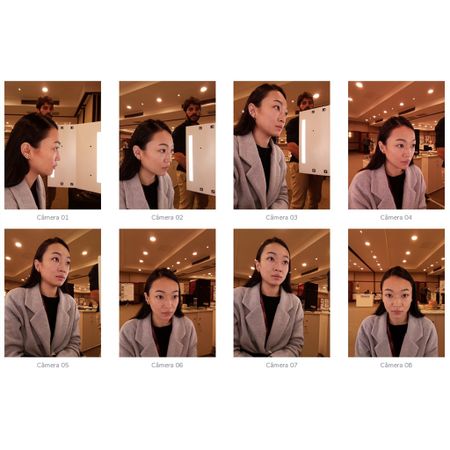
Introduction: Three-dimensional facial scanning has been the object of study for decades and increasingly being used in rhinoplasty, and has recently been applied to surgical simulation. The patient’s perspective in this context should be explored, so that surgeons can individualize their approach. Objectives: Acess the patient’s perspective on three-dimensional scanning in rhinoplasty and their experience during the evaluation and simulation processes in preoperative consultation....
Read More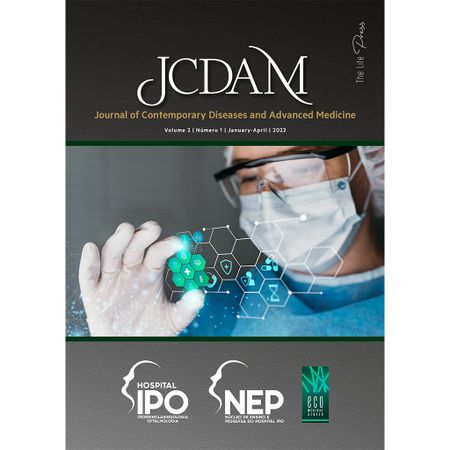
Introduction: Rhinoseptoplasty is among the most performed surgical procedures in the world. Postoperative infection is the second major complication, and there is still no consensus on the use of antibiotics in prophylaxis. Methodology: Review articles from the last 10 years to describe and discuss the benefits of using antibiotic prophylaxis in this procedure. Results: Found 12 articles on the subject, analyzing the postoperative complications and the use of antibiotics. Discussion:...
Read More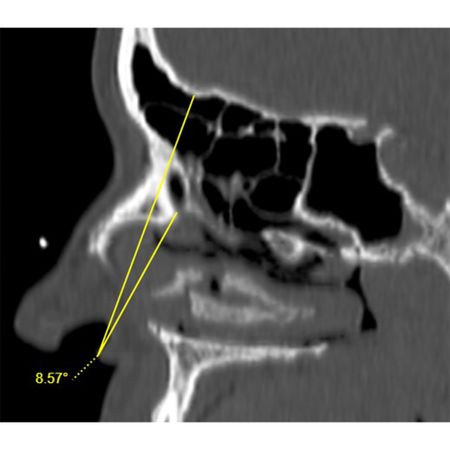
Introduction: The frontal sinus has a complex and varied anatomy, being considered challenging in the nasosinusal surgical approach. Tomographic anatomical landmarks, such as the frontal beak (FB), are essential for understanding and planning strategies for the treatment of this region. Objective: to investigate tomographic measurements of the FB and its correlations, focusing on the angle formed between the FB, columella and frontal sinus ostium (FCO). Methods: Retrospective and analytical...
Read More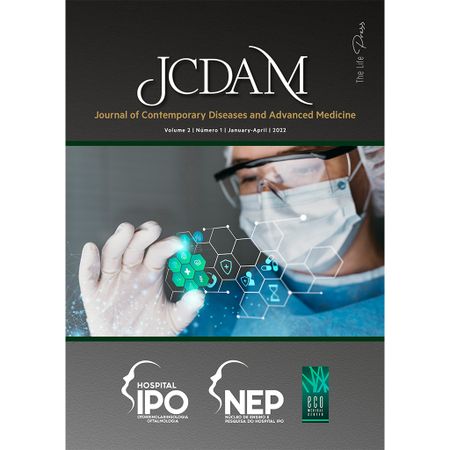
In patients who wish to modify the nasal appearance through rhinoplasty, the state of mental health is important, as patients with psychopathologies related to body image distortion have high rates of dissatisfaction with the surgical result. This research becomes relevant, as it aims to assess the prevalence of Body Dysmorphic Disorder (BDD) in candidates for rhinoplasty through the application of questionnaires, the Yale-Brown Obsessive Compulsive Scale modified for Body Dysmorphic...
Read More